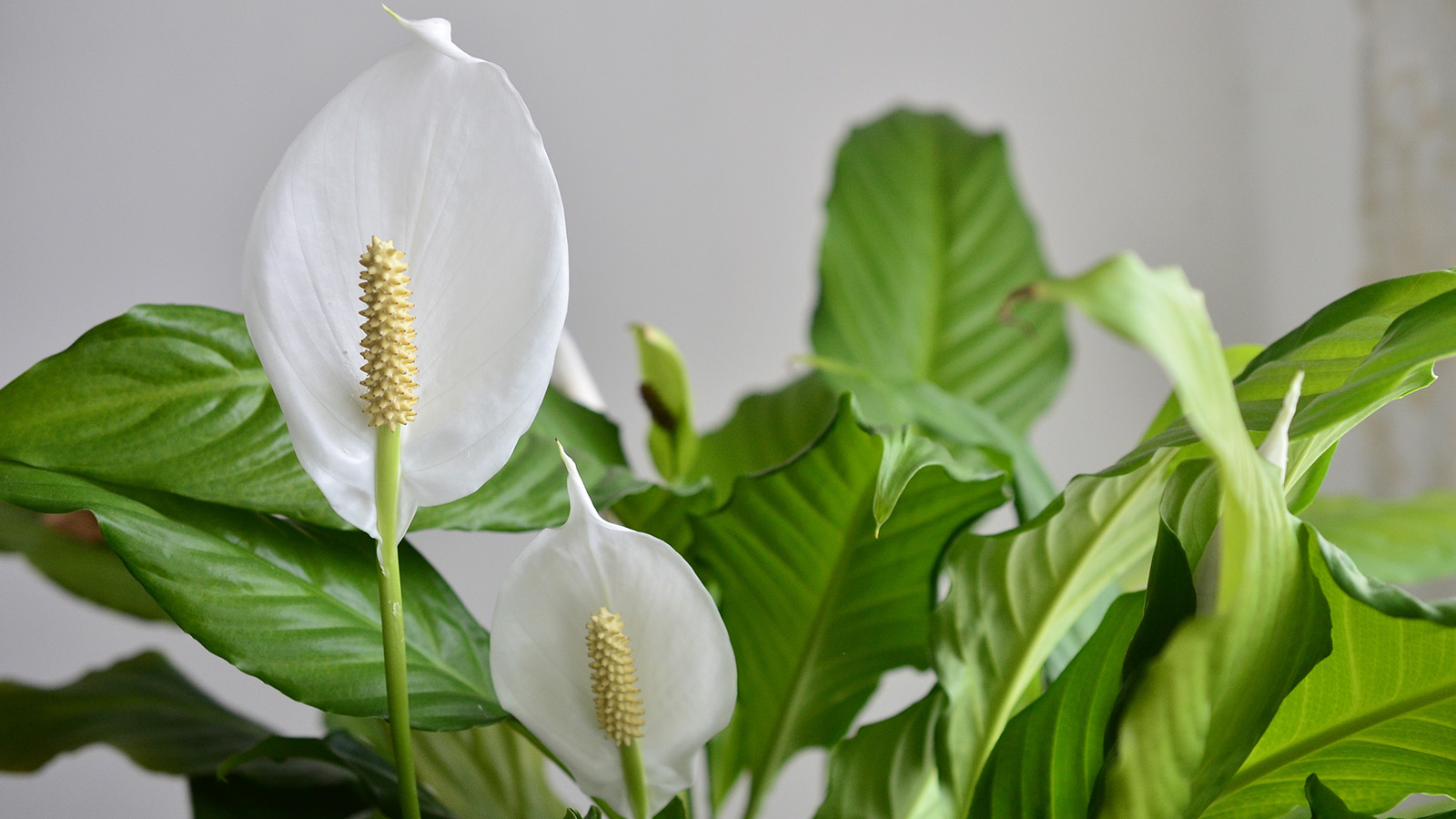Sorry, EVs — I test drove my first PHEV and it’s the perfect blend of electric and gas power
You might not have to pay for gas again, either
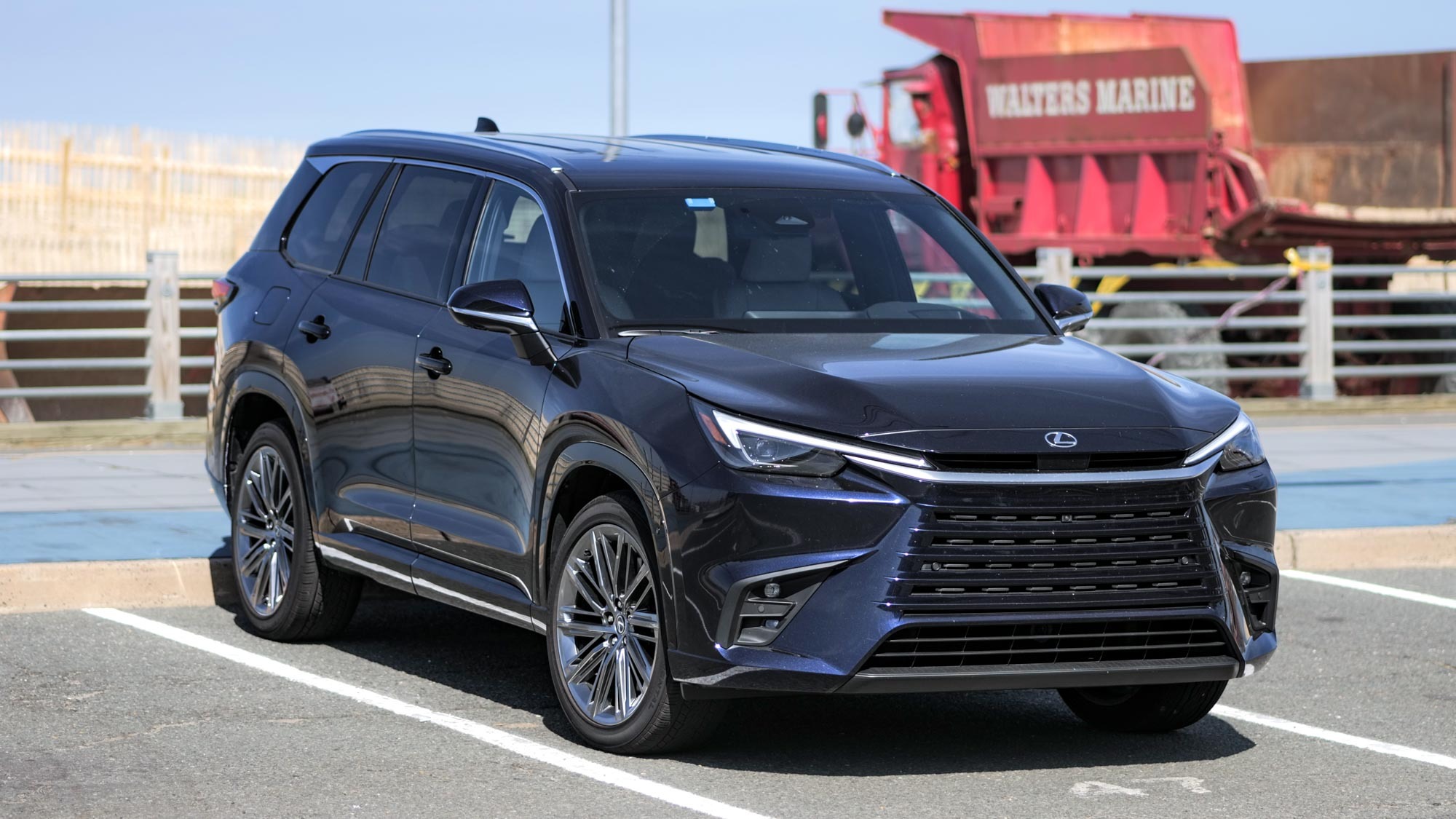
After checking out all the electric vehicles coming this year during the New York Auto Show 2024, I was surprised that a totally different kind of vehicle caught my attention the most. It was a Toyota RAV4 Prime of all things, which is technically a PHEV. Short for plug-in hybrid vehicle, PHEVs have piqued my interest since then, mainly because of how they bridge the divide between EV (electric vehicle) and ICE (internal-combustion-engine) vehicles.
I was initially sold on all the benefits of EVs after test driving the Ford F150 Lightning, but the more I researched the pros and cons of EVs, the more I’m realizing that it might not be the right vehicle for some people. Don’t get me wrong: I hate the rising cost of gas heading into summertime. At the same time, though, I often tell car shoppers they need to answer this one question if they’re thinking about buying an EV: Do you intend to frequently drive long distances?
Now that I got to test drive the Lexus TX550H+, it’s proving more to be that PHEVs are the vehicles that most car buyers need to look at most. Here’s what I learned.
Ability to switch from gas to all-electric power

PHEVs come in all vehicle types and body styles, but the Lexus TV550H+ is a three-row SUV with seating for up to 7 passengers. Even though it may be overkill for what I need in my next vehicle, it’s a perfect example of how PHEVs offer the best of both worlds.
That’s because one press of a button allows me to switch from gas power to all-electric on the Lexus TV550H+. As I’ve made it clear, EVs are challenged most by long distance driving — often requiring longer pit stops to recharge. Since the Lexus TX550H+ is a hybrid vehicle first and foremost, it has much better fuel economy than most gas-powered SUVs with its combined 29 mpg (miles per gallon) fuel economy. In contrast, the base Lexus TX350 has a fuel economy of 23 mpg.
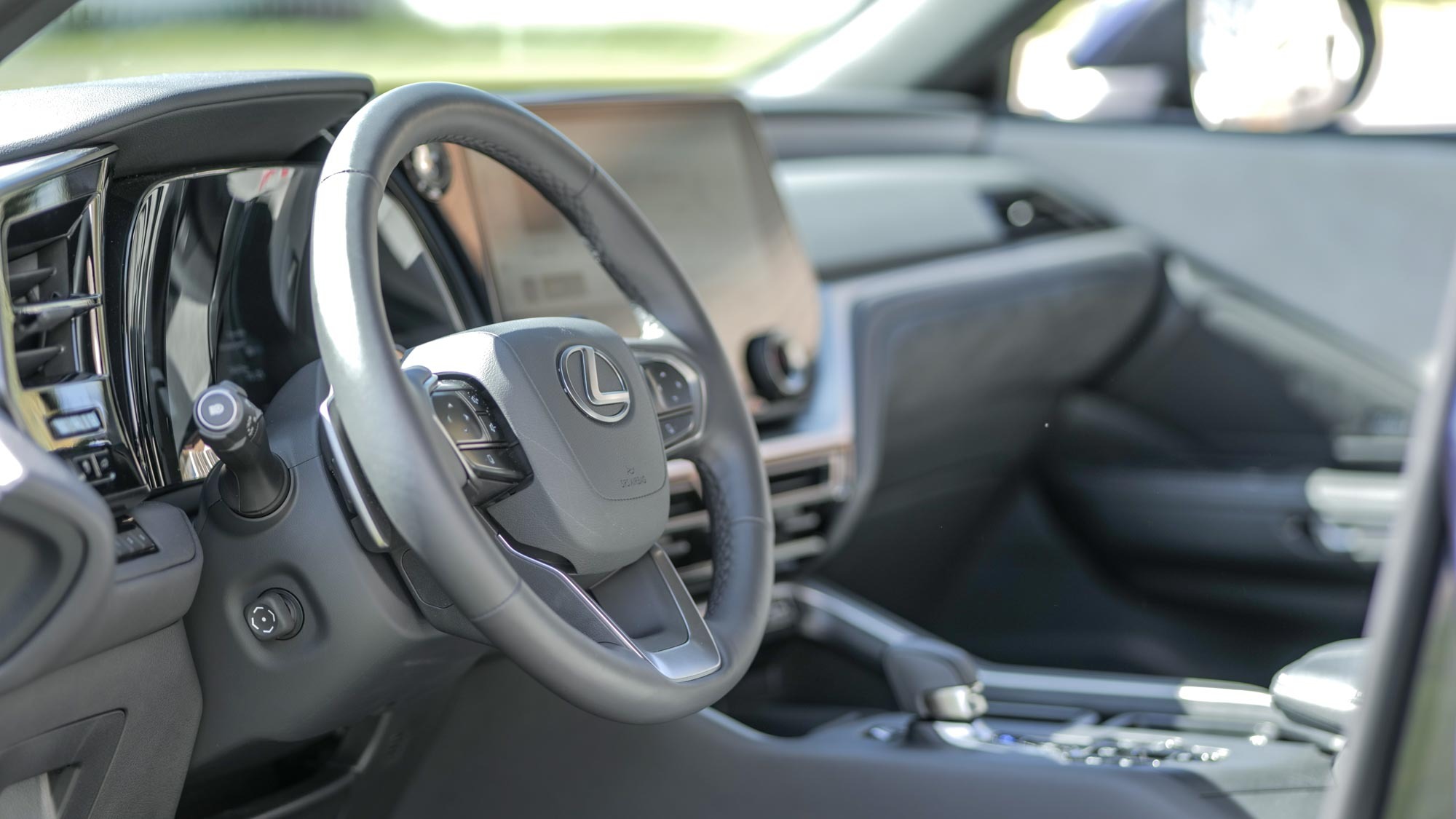
In its EV mode, where it drives strictly on battery power, the TX550H+ has an estimated EV range rating of 33 miles. This is great if your daily commute amounts to that, which could mean never having to pay for gasoline again. It’s feasible, so I’m most interested in this prospect.
In just the last couple of weeks alone, I’ve seen gas prices rise by 23 cents, from $3.45 to $3.68. We’re not even at the official start of summer yet and gas prices are obnoxious already.
Get instant access to breaking news, the hottest reviews, great deals and helpful tips.
You’ll save on gas, but wait on charging

I’m all for anything that can minimize my need to fill up at the pump. EVs have the potential to save drivers more money in the long run because they won’t be exposed to unpredictable gas prices — which for larger vehicles could mean more out of pocket cost for the driver. While PHEVs have limited range, there’s still more savings in hand by charging it at home. In fact, most EV drivers I know do most of their charging at home, rather than at a charging station where they pay more.
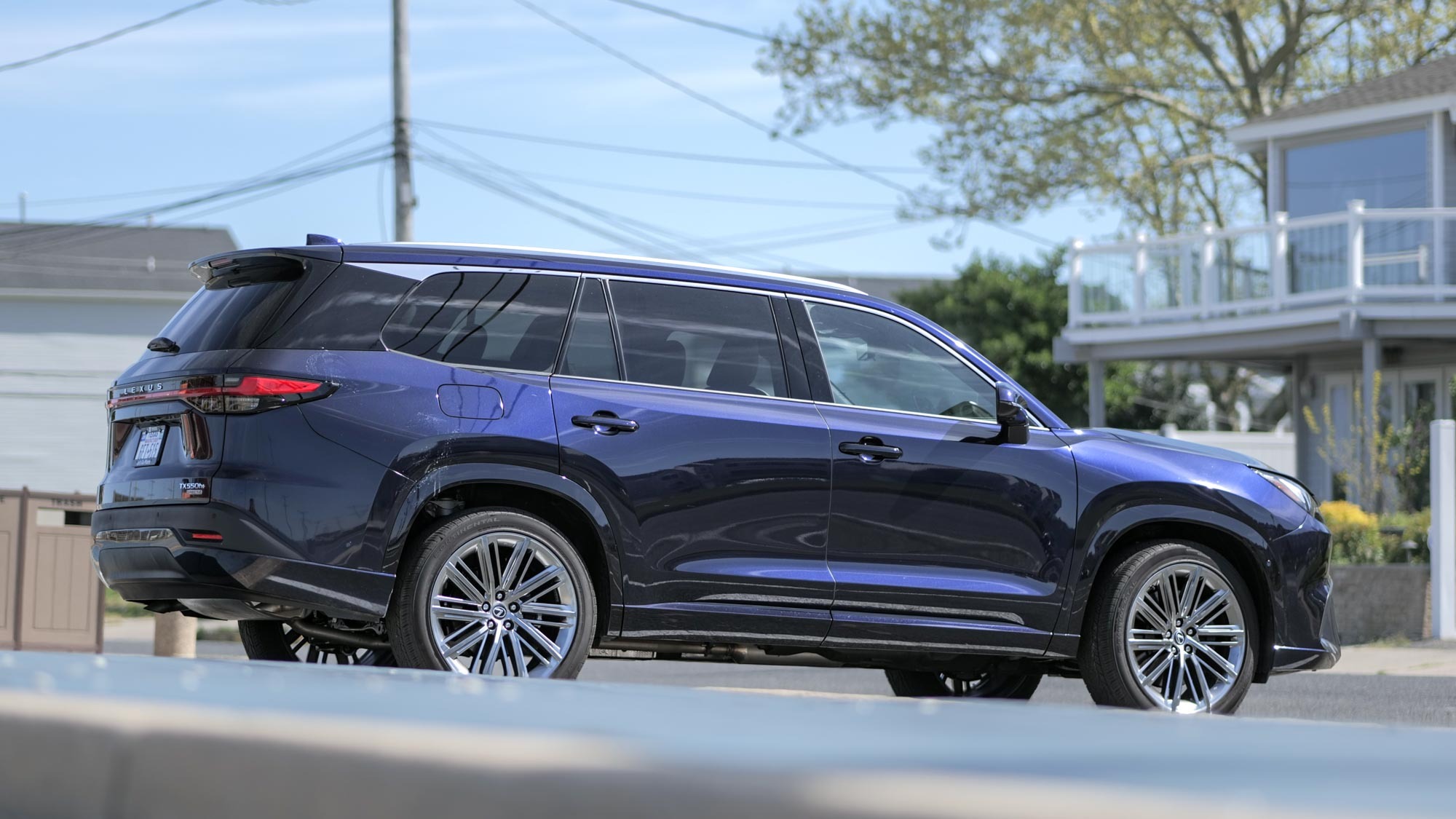
If you’re able to install a Level 2 EV charger, it takes approximately 3 hours to charge the Lexus TX550H+. However, installing one would incur additional cost and a permit would be needed from your city. That’s why Level 1 EV charging exists because it allows PHEVs like the TX550H+ and all EVs to charge through a standard 120V outlet.
Similar to gas prices, the rate your electricity company charges will vary on what time in the day you consume it — which is why most EV drivers charge at night when the rate is much lower. Still, it takes a long time to charge. In fact, the TX550H+ charges in about 10 to 12 hours from 0% capacity. I know this might seem ridiculous, but I think the savings you get from charging it at home versus refilling on gas still justifies it.
Regenerative braking has minimal gains
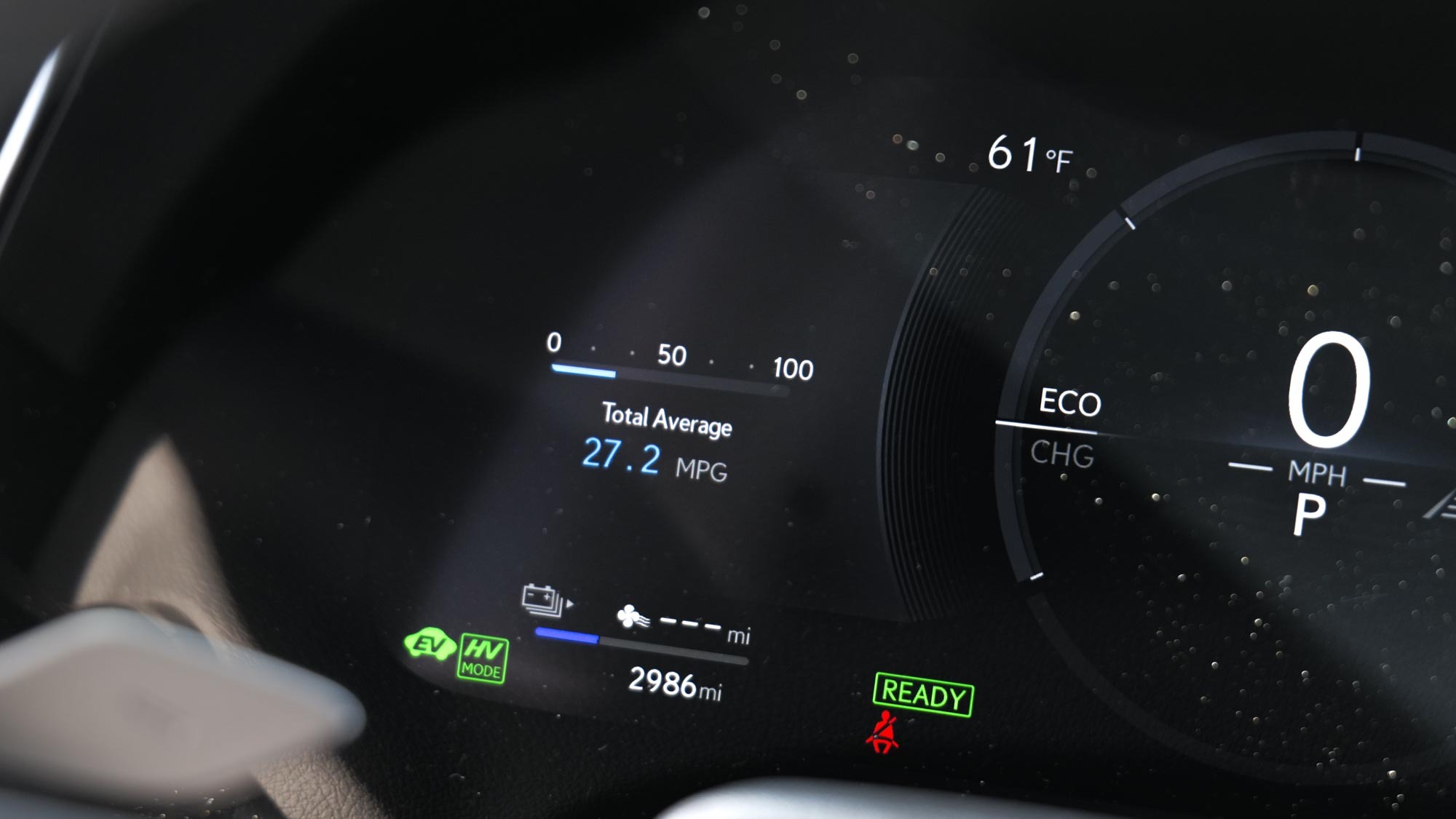
Anyone that’s driven a hybrid or EV knows that regenerative braking takes the kinetic energy from braking and then charges the vehicle’s high voltage battery. Before I started driving, I was hoping that the regenerative braking of the Lexus TV550H+ in standard hybrid mode could somehow give back a little bit of charge to the battery — which could then be harnessed in EV (all-electric) mode. However, that turned out not to be the case.
Technically speaking, the regenerative braking in EV and HV modes give the battery a small charge — but nothing that would amount to any meaningful EV-only range. Even if you’re very conscious about your acceleration and braking, regenerative braking would never be enough to charge the battery to a usable level.
I’ve only been able to test drive the Lexus TX550H+ for a few days so far, but there’s still a lot more to explore with the potential of PHEVs. Not only are they cheaper than most all-electric vehicles, but it still gives drivers greater hope to save them money in the long run with fewer fill ups at the gas station.
More from Tom's Guide
- I just spent my first year with an electric car — here’s the pros and cons
- Ford F150 Lightning vs Tesla: 5 ways I think Ford's EV wins
- I used an electric car to drive to my brother’s wedding — and I barely made it

John’s a senior editor covering phones for Tom’s Guide. He’s no stranger in this area having covered mobile phones and gadgets since 2008 when he started his career. On top of his editor duties, he’s a seasoned videographer being in front and behind the camera producing YouTube videos. Previously, he held editor roles with PhoneArena, Android Authority, Digital Trends, and SPY. Outside of tech, he enjoys producing mini documentaries and fun social clips for small businesses, enjoying the beach life at the Jersey Shore, and recently becoming a first time homeowner.
 Club Benefits
Club Benefits





